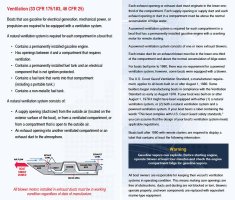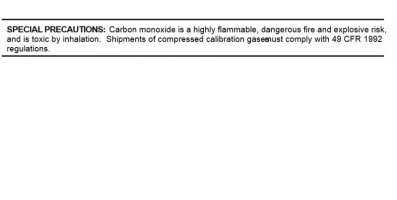Ok. I'm getting close to the end of my repower with a diesel in my E27. I have learned a ton about my boat through this experience and just about modified or fixed to some extent most every aspect of this boat (that might be an overstatement but it sure feels that way). And I'm still married so that's good.
First, everything done to my boat prior to getting her seemed to done on the quick and dirty. I've read all the posts I can about ventilation on diesels. So I'll boil this down to a questions I have right now.
My cowl vents vent to nowhere and frankly I have realized that they are probably a source of some leakage since they are just open holes. Any water blowing in just drops straight down. This needs to be fixed asap.
But where exactly should I run the ventilation hose?
Is there a way to modify my e27 to fit some sort of water trap without cutting and modifying?
Is a blower a must have for my diesel if I get the passive ventilation lined up and installed correctly?
Thanks, Jay
First, everything done to my boat prior to getting her seemed to done on the quick and dirty. I've read all the posts I can about ventilation on diesels. So I'll boil this down to a questions I have right now.
My cowl vents vent to nowhere and frankly I have realized that they are probably a source of some leakage since they are just open holes. Any water blowing in just drops straight down. This needs to be fixed asap.
But where exactly should I run the ventilation hose?
Is there a way to modify my e27 to fit some sort of water trap without cutting and modifying?
Is a blower a must have for my diesel if I get the passive ventilation lined up and installed correctly?
Thanks, Jay



